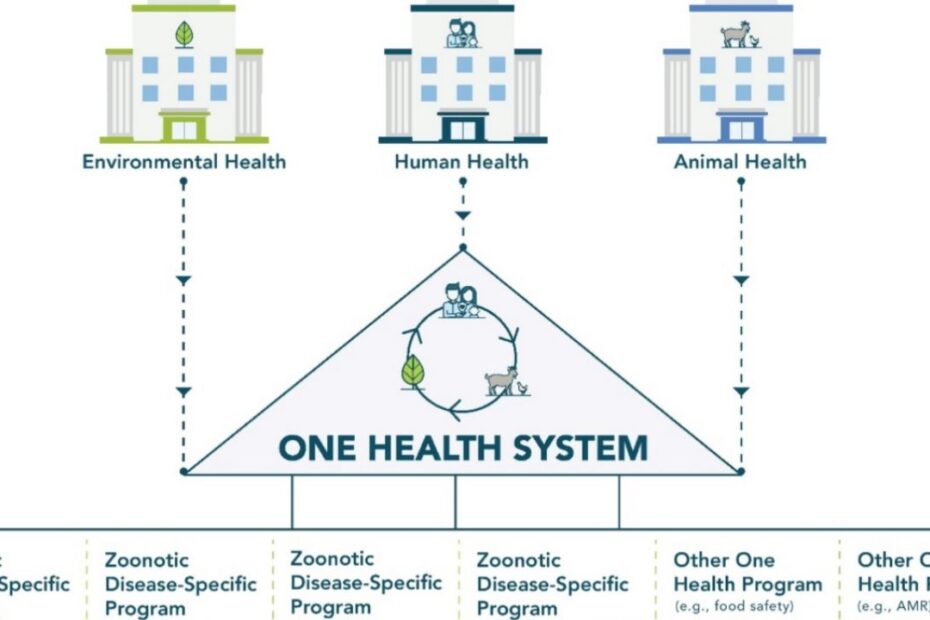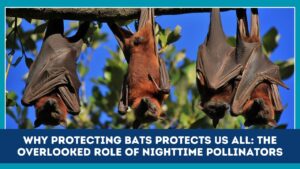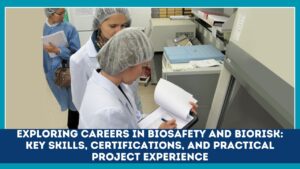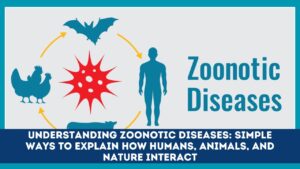Collaborative, multisectoral approaches—popularly known as One Health—are redefining how scientists address complex health challenges.
By uniting ministries of science with veterinary, public health, and environmental authorities, researchers gain access to broader expertise, richer data, real-time surveillance capabilities, enhanced funding, and more effective policy influence.
Why Collaboration Matters
The One Health framework is defined as a transdisciplinary approach that connects human, animal, and environmental health to achieve optimal outcomes.
This interconnected mindset empowers scientific discovery and application across administrative silos.
Key Benefits for Scientists
Enhanced Surveillance & Early Detection
Veterinarians often serve as frontline sentinels. In New York City, veterinary-public health collaboration during the 1999 West Nile virus outbreak enabled early detection through monitoring of dead birds—crucial for human health interventions.
At Mars Veterinary Health, data from millions of pets provides early signals of disease trends—e.g., 33% of dogs and 27% of cats tested positive for SARS‑CoV‑2 antibodies—demonstrating pet health as a public health barometer.
Broader Data Access & Integration
Partnerships with ministries of veterinary and environmental health open pipelines to data on zoonoses, contaminants, food safety, and ecological trends. Examples:
- Sciensano in Belgium integrates public health, animal health, and food safety under one roof, enriching scientific research.
- Association of Public Health Laboratories (APHL) in the U.S. bridges public health, veterinary, and environmental labs, enabling integrated lab surveillance of pathogens, toxins, and environmental hazards.
Strengthened Governance & Resource Mobilization
Agencies guided by One Health governance can mobilize coordinated responses. The Generalizable One Health Framework (GOHF) offers a structured methodology for multisectoral capacity building in zoonotic disease control.
The Tripartite Zoonoses Guide (WHO, FAO, WOAH) further supports cross‑sector coordination.
At the policy level, G20 support for quadripartite collaboration highlights raising voices across human, animal, plant, and ecosystem sectors.
Access to Funding & Capacity Building
Collaborative programs often attract substantial funding:
- The One Health Trust (formerly CDDEP) secures WHO collaboration for antimicrobial resistance research, manages large-scale surveillance programs (e.g., tracking 800,000+ records across Africa), and operates cross‑disciplinary training and research initiatives.
- At University of Illinois, a DVM/MPH joint degree and the Center for One Health leveraged USDA funds totaling at least US $750,000 to integrate animal, environmental, and human health research.
Accelerated Policy Impact and Implementation
Scientists aligned with One Health are better positioned to translate findings into meaningful policy. The framework approach has already influenced several countries to institutionalize multisector One Health governance.
Summary Table of Key Benefits
| Benefit | Details & Impact |
|---|---|
| Early Surveillance | Monitoring animals (e.g., birds, pets) for early disease detection |
| Integrated Data Access | Shared lab and environmental data across sectors (e.g., Sciensano, APHL) |
| Governance & Coordination | Structured frameworks (GOHF, Tripartite Zoonoses Guide) |
| Funding & Resources | Grants and programs integrating ministries (e.g., USDA, WHO, One Health Trust) |
| Capacity Building | Cross-disciplinary training and joint degrees (e.g., DVM/MPH) |
| Policy Influence | Multisector One Health policies institutionalized at national/global level |
Collaborating across ministries—integrating scientists with veterinarians, public health experts, and environmental authorities—unlocks a wealth of benefits: from early detection of threats and richer data ecosystems to funding opportunities and policy influence.
Embracing the One Health framework empowers researchers to address complex health challenges holistically, efficiently, and sustainably—ultimately improving outcomes for people, animals, and the environment.
Frequently Asked Questions
1. What exactly is the “One Health” approach?
It’s a transdisciplinary, multisectoral strategy connecting public, veterinary, and environmental health to address health threats at their roots.
2. Why partner with veterinarians?
Veterinarians provide early warning through animal health surveillance—like tracking zoonotic outbreaks via pets and wildlife—which accelerates responses to threats.
3. How does collaboration improve scientific outcomes?
By pooling expertise, data, infrastructure, and funding across ministries, scientists achieve comprehensive insights, stronger disease control, and broader policy impact.



